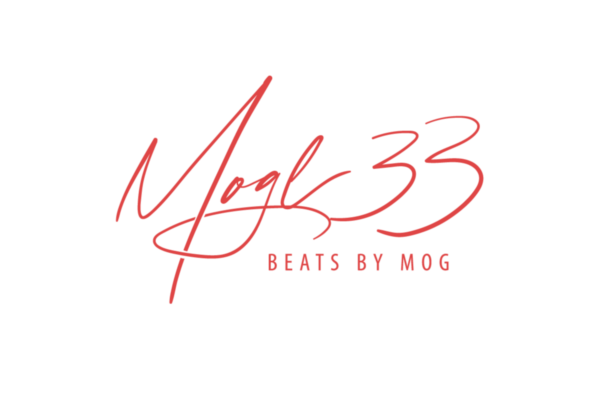Introduction to Compression
Compression is an essential tool in audio production that helps control the dynamic range of a sound. The dynamic range is the difference between the loudest and softest parts of an audio signal. A compressor reduces this range by making loud sounds quieter and boosting soft sounds, resulting in a more balanced and polished mix.
How Does a Compressor Work?
A compressor automatically reduces the volume of an audio signal when it exceeds a set threshold. It then smoothens the level differences to achieve a more consistent sound.
Basic Compressor Controls
To use a compressor effectively, you need to understand the main parameters:
- Threshold – The level at which compression starts. Any signal above this level gets compressed.
- Ratio – Determines how much compression is applied. A 2:1 ratio means that for every 2dB the signal exceeds the threshold, only 1dB gets output.
- Attack – The time it takes for the compressor to start working after the signal crosses the threshold.
- Release – The time it takes for the compressor to stop reducing the signal once it falls below the threshold.
- Knee – Defines how smoothly the compressor engages. A hard knee applies compression abruptly, while a soft knee gradually introduces compression.
- Makeup Gain – After compression, the overall volume is reduced. Makeup gain allows you to bring the level back up.
Types of Compressors
There are different types of compressors, each with its own characteristics:
- VCA (Voltage-Controlled Amplifier) Compressors
- Fast response, clean and precise
- Best for drums, vocals, and buses
- Example: SSL Bus Compressor
- Optical Compressors
- Smooth, musical compression
- Best for vocals, bass, and acoustic instruments
- Example: LA-2A
- FET (Field Effect Transistor) Compressors
- Aggressive and punchy
- Best for drums and vocals
- Example: 1176
- Tube Compressors
- Warm and vintage sound
- Best for adding character to tracks
- Example: Fairchild 670
Common Uses of Compression
Vocals
- Goal: Keep vocals present and consistent in the mix.
- Settings:
- Ratio: 3:1 – 6:1
- Attack: Medium (10-30ms)
- Release: Medium (40-80ms)
- Threshold: Adjust to catch peaks
Drums (Kick & Snare)
- Goal: Add punch and control dynamics.
- Settings:
- Ratio: 4:1 – 8:1
- Attack: Fast for control, Slow for punch
- Release: Medium (adjust to groove)
Bass Guitar
- Goal: Keep bass levels steady.
- Settings:
- Ratio: 4:1 – 6:1
- Attack: Slow for sustain, Fast for tightness
- Release: Medium to slow
Master Bus Compression
- Goal: Glue the mix together without killing dynamics.
- Settings:
- Ratio: 1.5:1 – 2:1
- Attack: Slow (30ms or more)
- Release: Auto or Medium
- Threshold: Subtle reduction (1-3dB gain reduction)
Parallel Compression (New York Compression)
A technique where you blend a compressed signal with the dry signal to retain natural dynamics while adding thickness.
Steps to Apply Parallel Compression:
- Duplicate the track or use a send/return.
- Apply aggressive compression (high ratio, fast attack, fast release).
- Blend the compressed signal back into the mix.
Sidechain Compression
Sidechain compression is used to make space for one instrument by reducing the level of another.
Common Uses:
- Kick & Bass: Duck the bass when the kick hits to prevent muddiness.
- Vocals & Instrumentals: Lower instrument levels slightly when vocals come in.
Tips for Effective Compression
✔ Listen Before Adjusting: Compression should enhance, not destroy dynamics.
✔ Use Meters & Ears: Watch gain reduction meters but trust your ears.
✔ Don’t Overcompress: Over-compression can suck the life out of a track.
✔ Stack Compressors: Instead of one heavy compressor, use two with lighter settings.
✔ Use Sidechain for Clarity: Helps reduce masking between elements.
Final Thoughts
Compression is one of the most powerful tools in music production. Learning how to use it effectively can transform your mixes from amateur to professional. Experiment with different settings, try various compressors, and always trust your ears!


